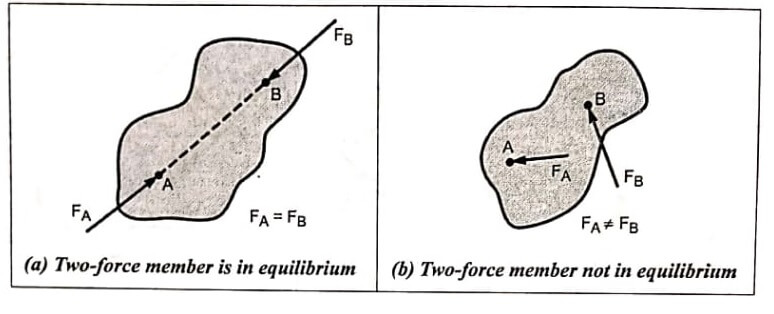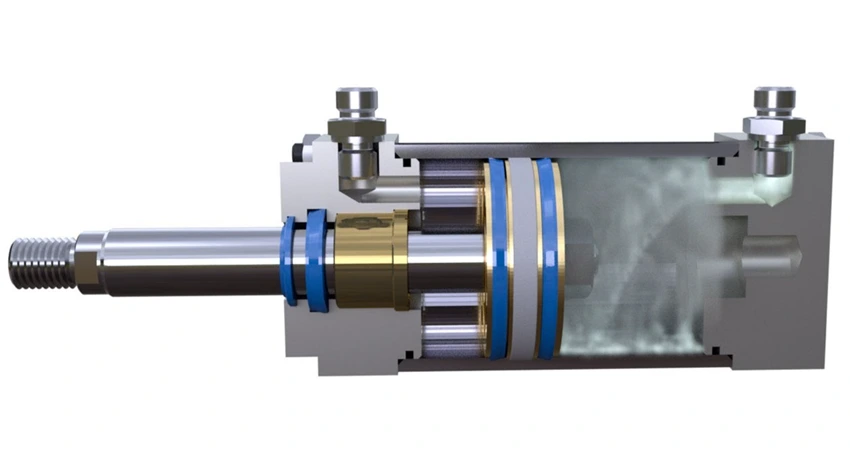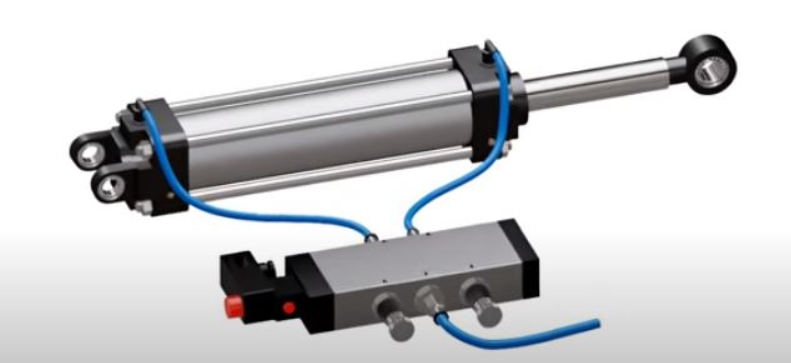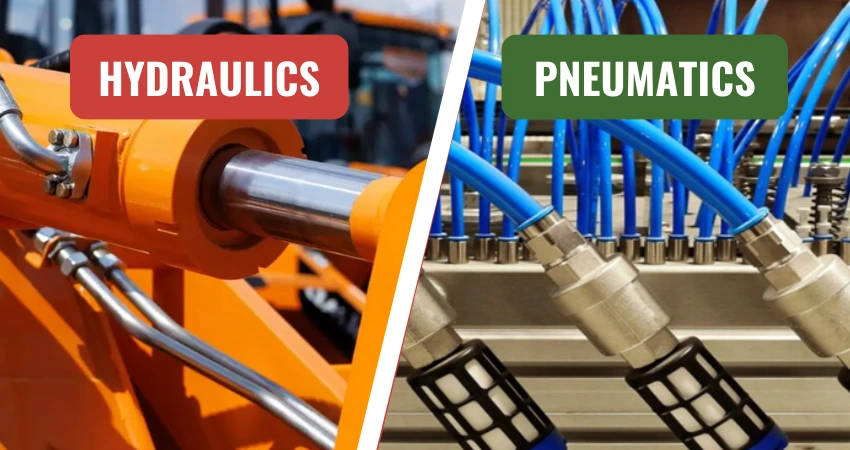In this chapter, we shall discuss the static and dynamic force analysis of planar mechanisms in detail.
In our studies of “Kinematics of Machinery“, we limited ourselves to consideration of the geometry of the motions and of the relationships between displacement and time. But the force required to produce those motions were not considered.
In the design of machine mechanisms, it is very essential to know the magnitudes and the directions of forces transmitted from the input to the output. We know that all machine members are subjected to different types of forces such as forces due to external loads, forces due to combustion of fuels, forces due to friction forces, forces due to change of temperatures, spring forces, impact forces, inertia forces, etc. Thus force analysis helps the designer in selecting proper sizes of the machine components to withstand the stresses developed in them.
Static Force Analysis
- When the inertia effect due to the mass of the machine components are neglected, then the analysis of mechanism is called as static force analysis.
- We know that inertia forces are produced due to the masses of the rotating/reciprocating components of a machine. However, if the magnitudes of these forces are small compared to the externally applied loads, they can be neglected while analyzing the mechanism. This type of analysis is known as static force analysis.
- Example: In hydraulic lifting cranes, the magnitude of inertia force due to weight of the hoisting hook is small compared to the externally applied loads. Thus the analysis of forces, neglecting the inertia force due to weight of the hook, is an example for static force analysis.
Dynamic Force Analysis
- When the inertia effect due to the mass of the components is also considered in addition to the externally applied loads, it is called dynamic force analysis.
- Example: In high speed IC engines, it is necessary to consider the effect of inertia forces (arising due to the mass of piston and connecting rod). Because the mass of the accelerating mass and thereby the inertia force is more, which should not ignored.
- The fundamental units in kinematic analysis are length and time. In dynamic analysis they are length, time and force. Now let us discuss the static force analysis first.
STATIC FORCE ANALYSIS
STATIC EQUILIBRIUM
- A body or group of bodies is said to be in equilibrium if all the forces exerted on the system are in balance.
- In other words, a body is in static equilibrium if it remains in its state of rest or motion.
- If the body is at rest, it tends to remain at rest and if it is in motion, it tends to keep the motion.
- Condition for static equilibrium (Equations of equilibrium):
The necessary and sufficient conditions for the static equilibrium of a body are:
- The vector sum of all the external forces acting upon it is zero.
Mathematically, ΣF = 0, which is known as force law of equilibrium. - The vector sum of the moments of all forces acting about any arbitrary axis is zero.
Mathematically, ΣM = 0, which is known as momentum law of equilibrium.
Mathematically, these two conditions are expressed as
ΣF = 0; and ΣM = 0
The above expression is also known as equations of equilibrium. In a planar system, it is convenient to resolve the forces along two mutually perpendicular directions x and y. Then the equation of equilibrium can be written as






